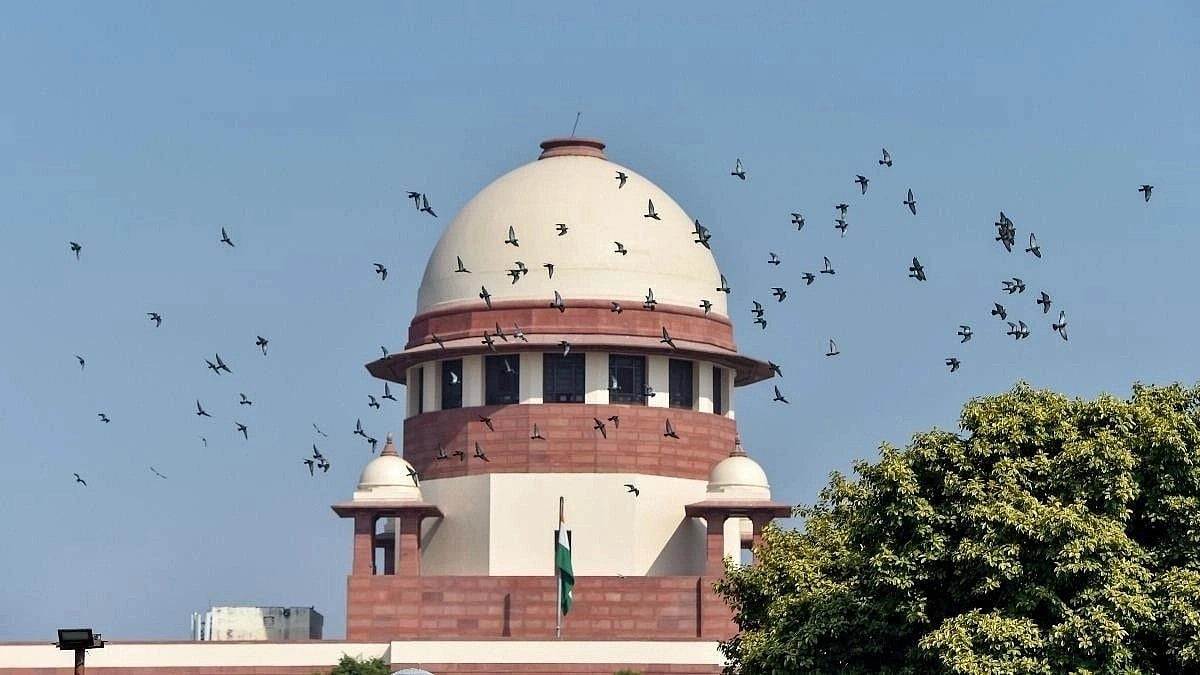The Supreme Court has ruled decisively to stop the Union government from ex post facto legalising projects that did not get prior environmental clearance, using a set of regulations tailor-made to protect the violators. In a far-reaching order, the court held a 2017 notification and a 2021 office memorandum of the environment ministry illegal since they struck at the heart of the Environment (Protection) Act, 1986, and the Environment Impact Assessment notification of 2006, both of which advance the fundamental right to life. Remarkably, the 2017 notification was issued to give environmental clearance for projects that had already been started or had expanded operations or changed the product mix without securing prior environmental clearance. The office memorandum exploited an opening available through a National Green Tribunal direction to create a Standard Operating Procedure that would address the gap between law and practice but ultimately gave short shrift to environmental protection. As the SC noted in its order in Vanashakti vs Union of India, the effect of these measures was to negate the very intent to protect the environment and health of the people, and they were hence illegal. What is more, the court deprecated the government’s approach and pointed to the state of the environment today, with New Delhi and other big cities experiencing dangerous air pollution levels. The court’s order should give pause to the union and state governments, which have been following policies conflating polluting and destructive commercial activity with genuine development. In some cases, such as the Great Nicobar transhipment port project, which involves largescale tree cutting, environmental regulations are sought to be sidelined, citing a small defence component worked into what is essentially a commercial plan.
While holding the government measures of 2017 and 2021 illegal, the Supreme Court has done two things: Forbidden any fresh notification being issued to achieve the same purpose and, left the post facto clearances issued under the provisions undisturbed. It also took note of the failure of the Union government to withdraw the 2017 notification even after it was held in the Common Cause case that retrospective clearance was alien to environmental jurisprudence. The court would have served the cause of environmental protection even more by ordering a review of all post facto clearances to assess the severity of their impact and permitted only those that are relatively benign. Even so, Justice Abhay S. Oka’s unambiguous order has shut the door on fresh attempts to sneak in permissions through creative interpretations. It is worth pointing out that the French president’s commission on economics led by Joseph Stiglitz, Amartya Sen and Jean-Paul Fitoussi cautioned against treating the GDP as a single development number that ignores negative environmental impacts. Equally heartening is the apex court’s strong intervention to stop the destruction of forests in Hyderabad’s Kancha Gachibowli area, giving officials a choice between restoration of damaged forest and imprisonment. Judicial restraints on irrational exuberance are vital for the protection of the environment.
